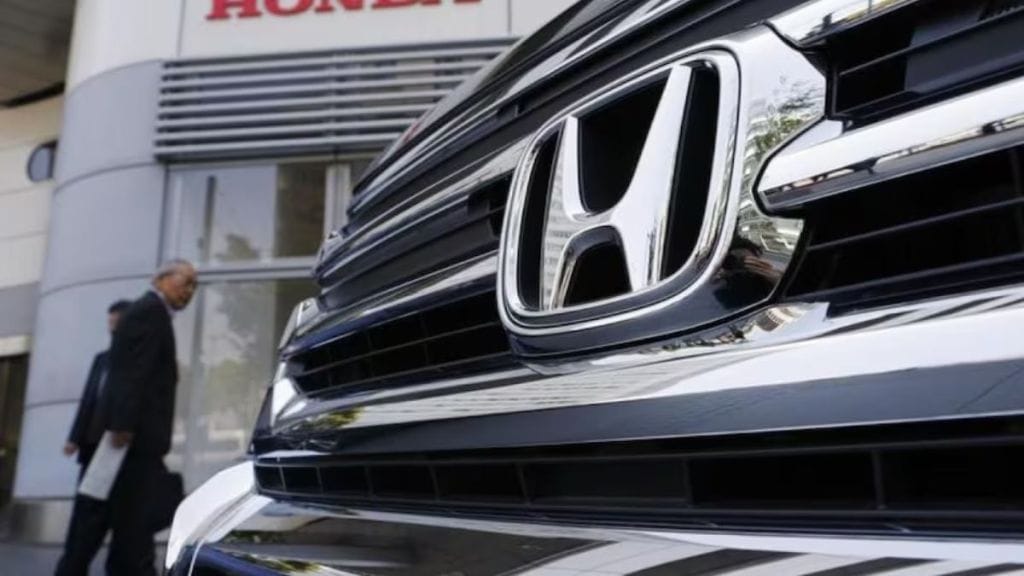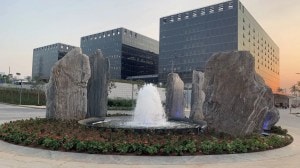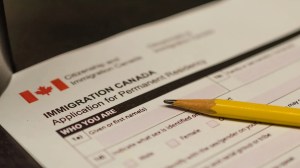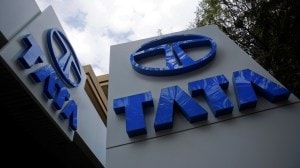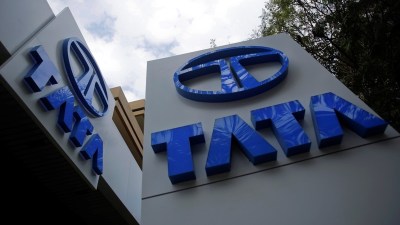Honda was one of the earliest carmakers to enter India, way back in 1998. Twenty-five years later, its market share is just 1.9% (January-October 2023 sales).
Hyundai entered the same time, and today it is India’s second-largest carmaker with a share of 14.7%.
The Honda story has been as much of successes as of missed opportunities, but Takuya Tsumura – the young president & CEO of Honda Cars India – believes the carmaker is on the right track, having launched a popular SUV (the Elevate) and readying an EV.
Travelling in a bullet train (Shinkansen) from Tokyo to Kyoto, he shared with this journalist how after a rollercoaster of a journey, Honda is now ready for Shinkansen pace, as well as stability, in India.
The right start
Honda had a dream start in 1998. In a market dominated by Maruti 800, it launched a premium sedan, the City, a solid success with over 900,000 units sold till now. It was followed by even more premium cars like the Accord and CR-V. In 2006, it drove in the Civic, another aspirational sedan. These were expensive cars, above Rs 10 lakh in those days, but Honda’s brand value kept on pulling customers.
Capacity expansion happened alongside, and the Greater Noida plant, which started with 50,000 cars per year, was making 100,000 cars by 2008.
Honda’s initial acceleration was like the Nozomi – the fastest Shinkansen that I took with Tsumura. By the time he told me this brief history, our Nozomi was clocking 250 km/h. But unlike the Nozomi that kept on accelerating, Honda slowed down 2009 onwards.
Missed opportunities
Successful with expensive cars and overconfident that Indians will open up their purses for a Honda, it launched the Jazz, taking Maruti Suzuki head-on. Priced almost 20% more than the Swift, the Jazz bombed.
In 2011, it launched the Brio. It was cute, but didn’t have the road presence of an i10 or a Swift. Bad luck struck in the form of 2011 Thailand floods, impacting supplies (some parts of the Brio came from Thailand).
Slow to respond to market
During 2005-10, the Indian market shifted to diesel (subsidised, it was way cheaper than petrol), and all carmakers developed diesel engines. Even Maruti Suzuki, which didn’t have diesel technology, took an engine from Fiat. By 2011-12, diesel cars had almost 55% share. But Honda waited and waited, until its successful petrol cars like the Civic got discontinued due to low sales (2012).
The engine, called the i-DTEC, finally came in 2013 (with the Amaze, a new sub-4 metre sedan). But that year onwards, the government starting reducing subsidies on diesel. The Amaze, however, was a success, and the carmaker opened a new plant in Tapukara, Rajasthan, and now had total capacity of 300,000 units.
Tsumura said the Amaze was followed by right models – the Mobilio MPV and BR-V (an SUV-kind of vehicle based on the Mobilio) – but the carmaker couldn’t market those well. The WR-V, a crossover based on the Jazz, was a moderate success. But by this time (2017), the market was shifting to SUVs, and Honda had none.
It relaunched the Civic and CR-V in 2018, but these were axed in 2020. With few models and low sales, Honda shut down the Greater Noida plant in 2020. In 2023, it discontinued the Jazz and WR-V, and exited diesel.
Another unusual thing about Honda has been quick leadership changes – for instance, during 2012-22, it saw five CEOs – and analysts said this slowed down local projects.
Gathering pace
After 2020, the carmaker made a right decision – of entering the SUV market, and launched the Elevate in 2023. While some analysts said Honda is late to party, Tsumura said the Elevate has received great response and has 3-4 months waiting period – something that Honda is not used to. “We will launch an electric SUV based on the Elevate within three years and have five SUVs by 2030,” Tsumura said.
In FY23, Honda Cars India posted 521% profit in operation, at Rs 1,430.97 crore (on the back of restructuring, and good sales of the new City and Amaze). Analysts said the Elevate with further elevate its revenues.
Its Tapukara plant is now running on full capacity, and exports are also doing well – it exported 22,764 cars in FY23 (17% up), and export of parts and components stood at Rs 1,149.97 crore.
Speed and stability
By now, our Nozomi Shinkansen was travelling at 307 km/h, but the glass of water on the meal tray barely produced any ripples. “You can have both speed and stability,” Tsumura said, something the carmaker will focus on.
It’s now planning to make India the export hub for the Elevate, but the Tapukara plant can only produce 180,000 cars. That implies it may have to restart manufacturing operations in Greater Noida. “I cannot clearly say if or when we will make cars in Greater Noida, but that is a possibility,” Tsumura said. “Our first step will be to expand capacity at Tapukara beyond 180,000, and then maybe look at Greater Noida.”
The Greater Noida plant still has the assembly line, which while isn’t producing cars, is being maintained well and can be restarted easily. The plant is now host to administration offices, R&D function and parts business.
As we’re about to reach Kyoto, having covered 514 km in just 138 minutes, Tsumura said the immediate focus in not on market share or volumes, but on profitable growth. “Our market share may be low, but we made record profit, so we must be doing something right,” he said. “Numbers will follow.”
Trivia
There are three Shinkansen trains – the fastest is Nozomi (goes above 300 km/h) that has only three stops between Tokyo and Kyoto. Other trains are Hikari and Kodama – both travel at about 285 km/h, but Kodoma stops at even small towns.
